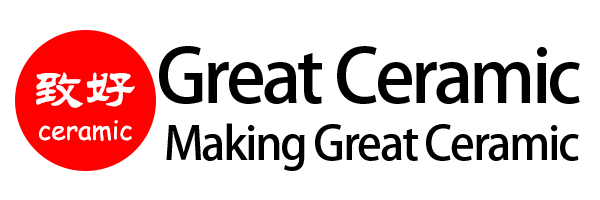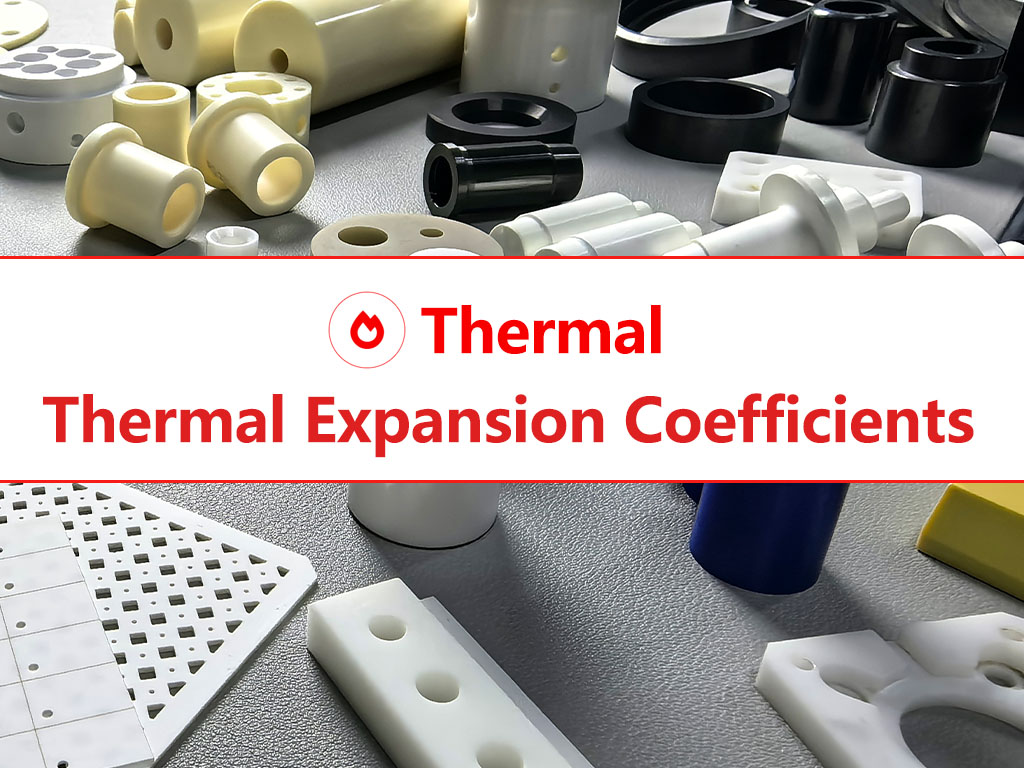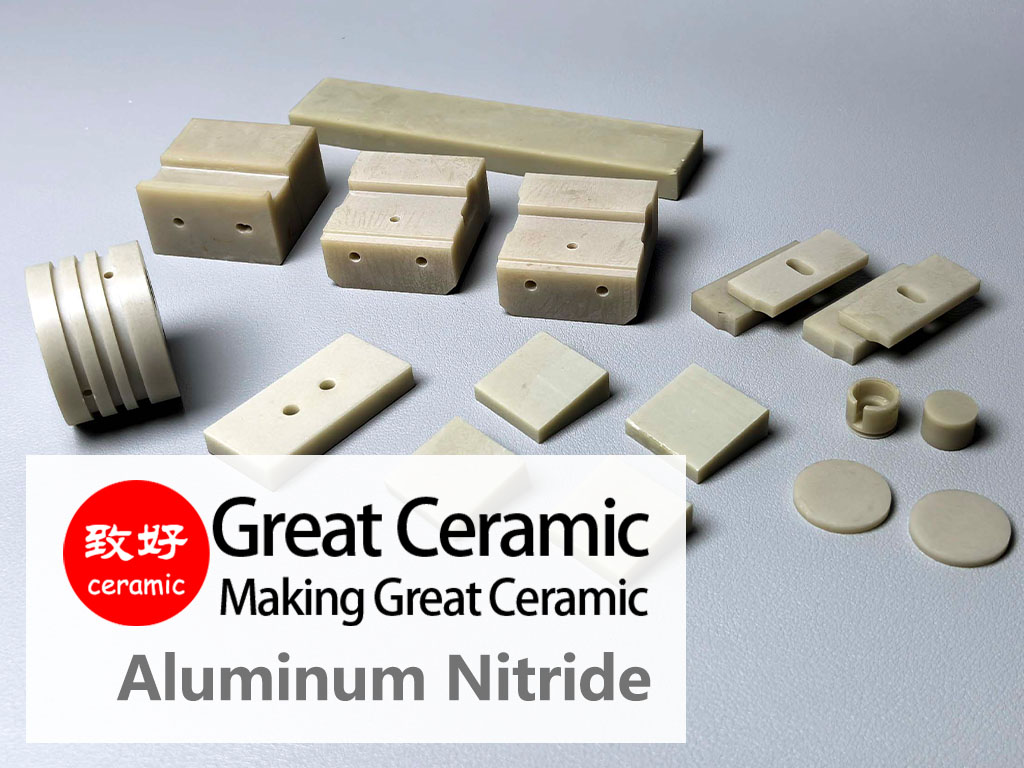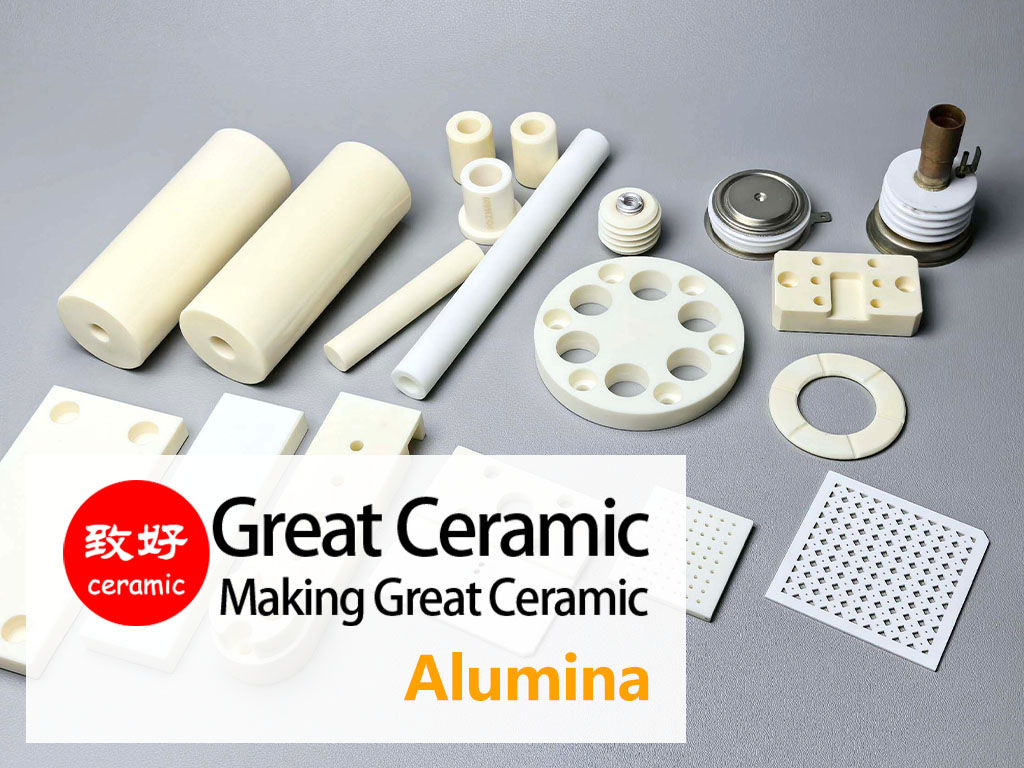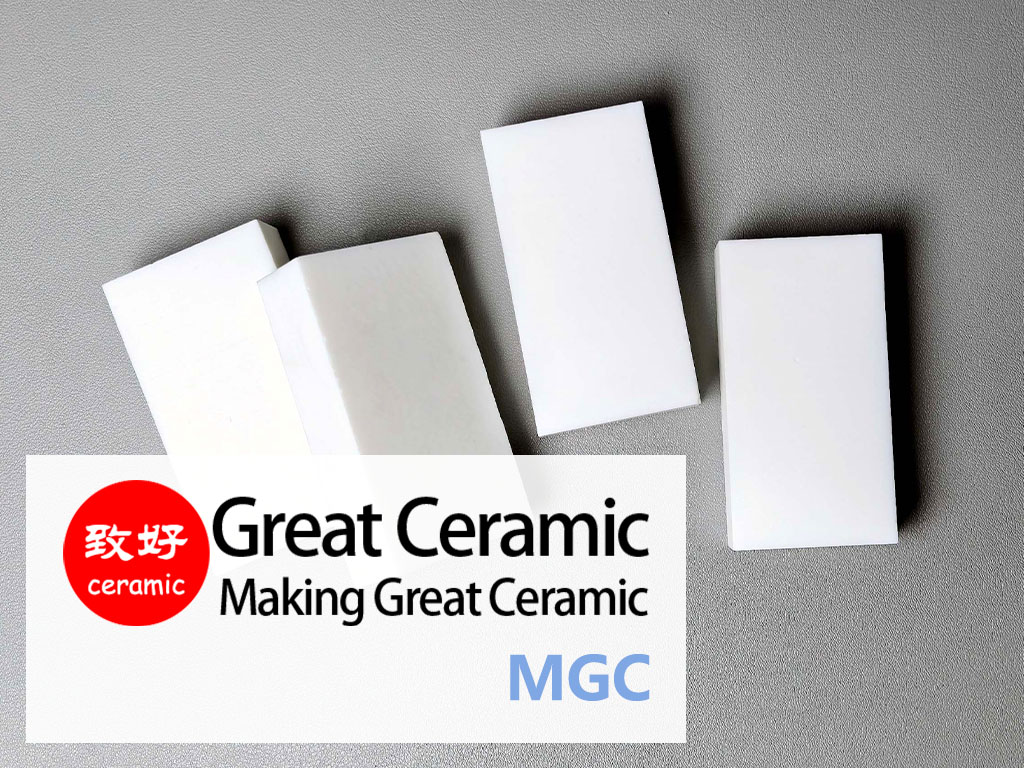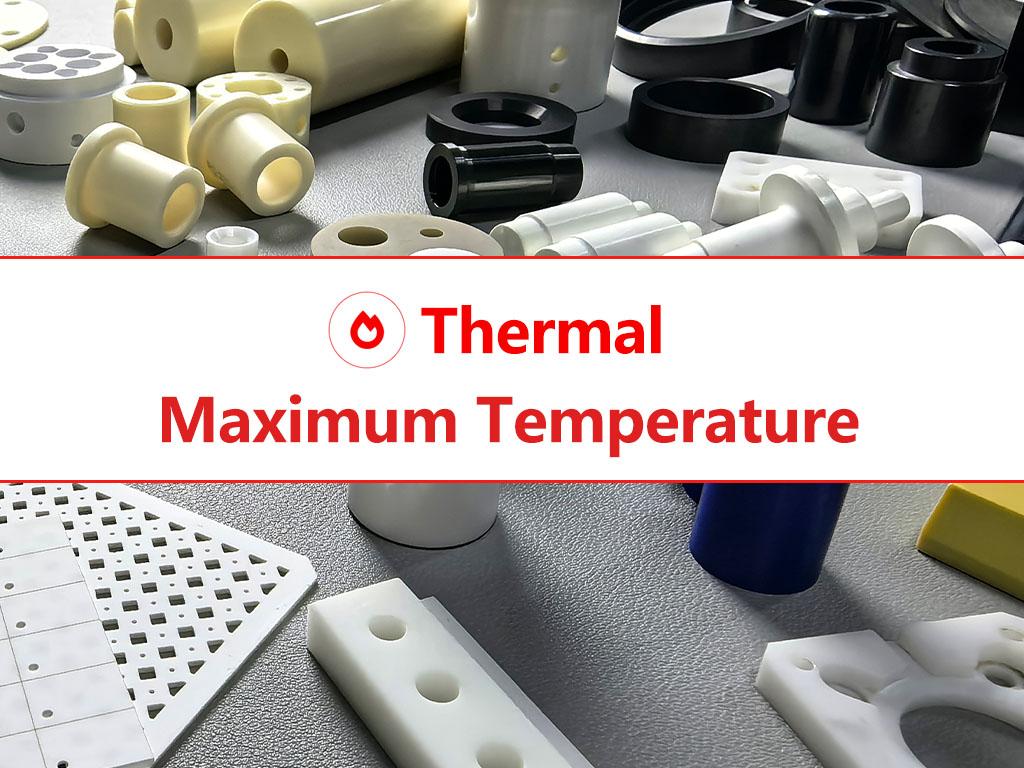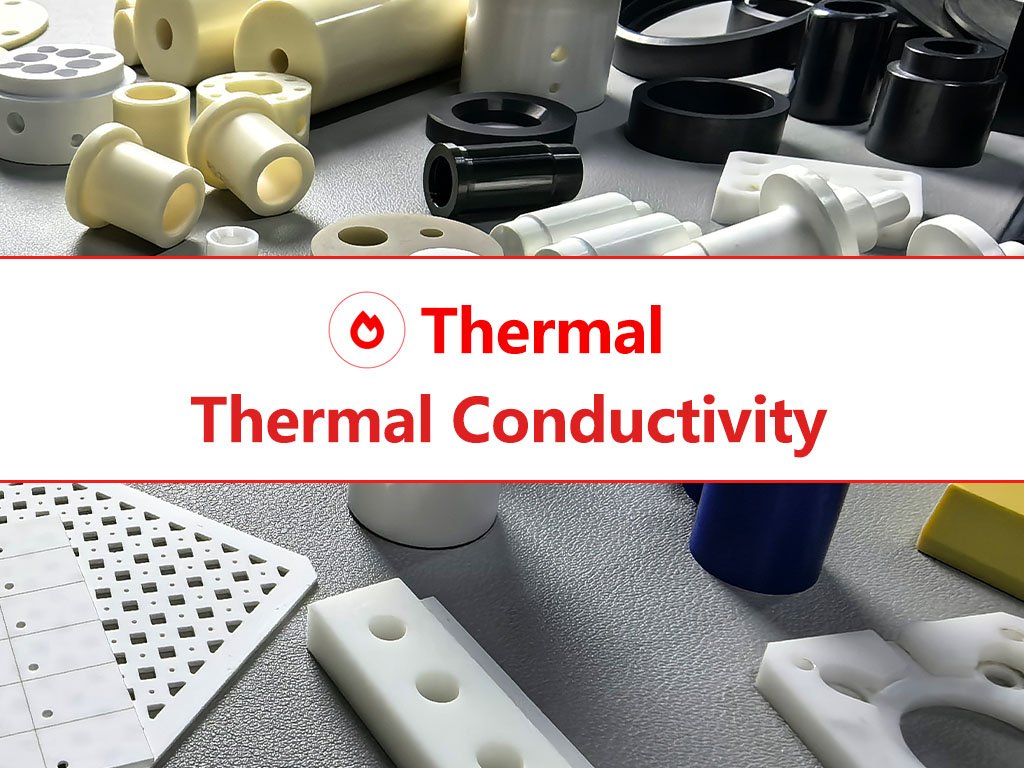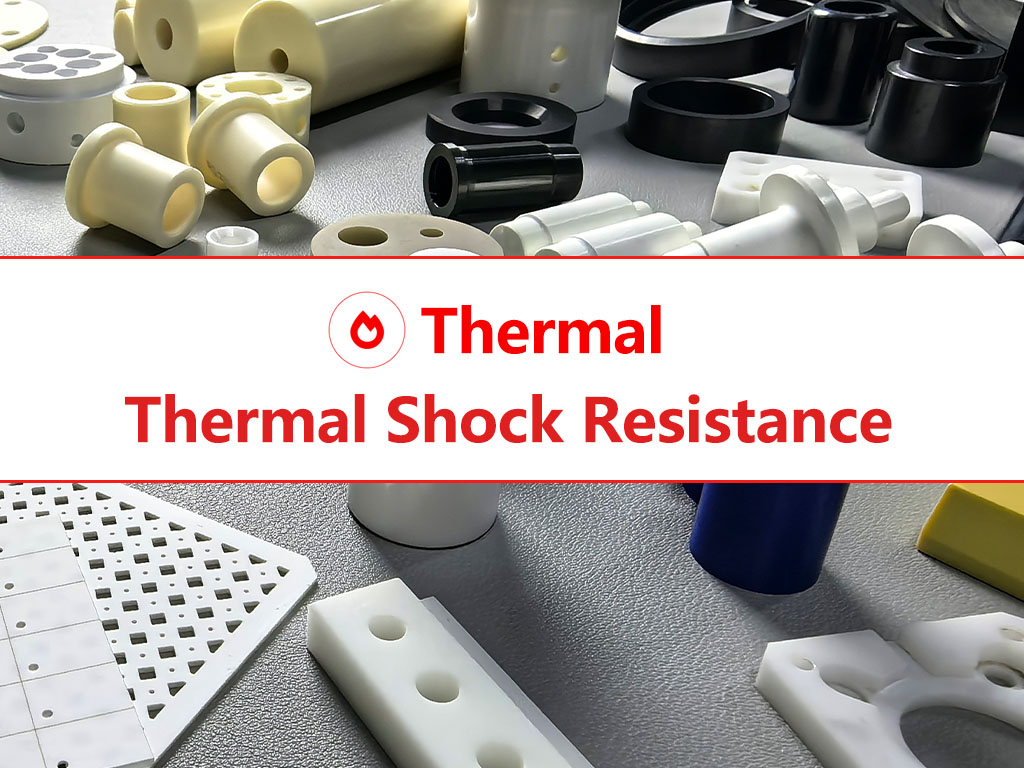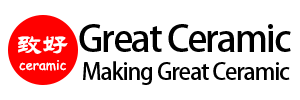열팽창계수가 중요한 이유
서로 다른 재료 간의 열팽창 불일치는 복합 구조물에서 열 응력, 균열 또는 박리를 유발할 수 있습니다. 엔지니어는 적절한 CTE를 갖춘 세라믹을 선택함으로써 이러한 위험을 최소화하고 제품의 신뢰성과 수명을 향상시킬 수 있습니다.
저열 팽창 첨단 세라믹 사용의 이점: 열팽창성이 낮은 세라믹의 장점
주요 첨단 세라믹의 CTE 데이터
| 세라믹 소재 | (×10-⁶/K), 20-300°C에서 | 특성 |
|---|---|---|
| 실리콘 카바이드(SiC) | 2.3 | 매우 단단하고 내식성 및 내마모성이 뛰어나며 열전도율이 높습니다. |
| 질화규소(Si₃N₄) | ~3.7 | 높은 골절 인성, 열충격 저항성, 저밀도 |
| 질화 알루미늄(AlN) | 4.2~5.6 | 높은 열 전도성, 전기 절연성, 낮은 유전체 손실 |
| 베릴륨 산화물(BeO) | ~6 | 매우 높은 열전도율, 전기 절연성, 분말화 시 유독성 |
| 질화 붕소(h-BN) | ~7.2 | 윤활, 열적 안정성, 전기 절연성 |
| 알루미나(Al₂O₃) | 7.2~7.5 | 높은 경도, 우수한 내마모성, 우수한 전기 절연성 |
| 가공 가능한 유리 세라믹(MGC) | 9.3 | 손쉬운 가공성, 우수한 유전체 강도, 낮은 열 전도성 |
| 지르코니아(ZrO₂) | ~10 | 높은 인성, 낮은 열전도율, 상변태 강화 |
*데이터는 참고용으로만 제공됩니다.
비교: 세라믹과 금속 및 플라스틱 비교
아래 막대 차트는 초경도 세라믹부터 일반적인 산업용 플라스틱까지 다양한 엔지니어링 소재의 열팽창 계수를 높은 것부터 낮은 것까지 순서대로 보여줍니다.
세라믹
금속
플라스틱
*데이터는 참고용으로만 제공됩니다.
